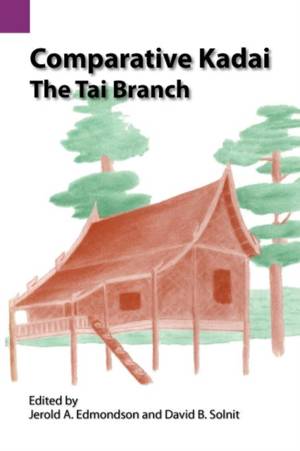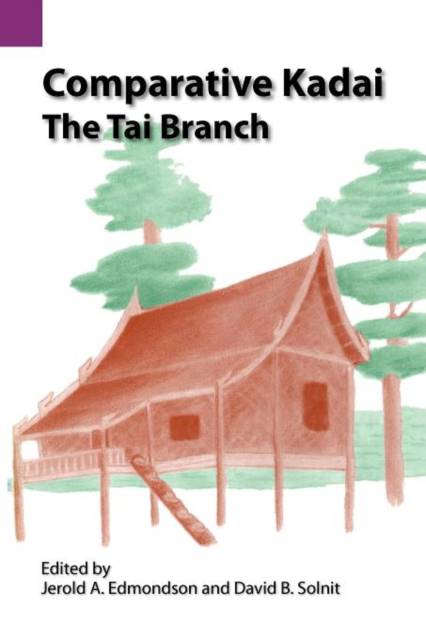
- Afhalen na 1 uur in een winkel met voorraad
- Gratis thuislevering in België vanaf € 30
- Ruim aanbod met 7 miljoen producten
- Afhalen na 1 uur in een winkel met voorraad
- Gratis thuislevering in België vanaf € 30
- Ruim aanbod met 7 miljoen producten
Zoeken
Comparative Kadai
The Tai Branch
€ 66,45
+ 132 punten
Omschrijving
This book defines the linguistic range of an immense, interrelated, and varied area extending from eastern India to southern China and includes the southeast Asian peninsula. This area is comprised of many millions of people with histories, languages, and traditions largely unknown to the Westerner. Powerfully interesting economic, political, and social forces are emerging in the countries of this part of the world. Of particular interest from a linguist's point of view are the characteristics of this huge area, what research has been completed, and what further work needs to be done. In the past it has generally been assume that Tai is a part of a grand Sino-Tibetan family, but inevitably questions have arisen: What languages are involved, how diverse are they, and how are the language families interrelated? Those who wish to study these varied Kadai languages have serious research materials available in Comparative Kadai.
Specificaties
Betrokkenen
- Uitgeverij:
Inhoud
- Aantal bladzijden:
- 390
- Taal:
- Engels
- Reeks:
- Reeksnummer:
- nr. 124
Eigenschappen
- Productcode (EAN):
- 9781556710056
- Verschijningsdatum:
- 9/07/1997
- Uitvoering:
- Paperback
- Formaat:
- Trade paperback (VS)
- Afmetingen:
- 152 mm x 229 mm
- Gewicht:
- 521 g

Alleen bij Standaard Boekhandel
+ 132 punten op je klantenkaart van Standaard Boekhandel
Beoordelingen
We publiceren alleen reviews die voldoen aan de voorwaarden voor reviews. Bekijk onze voorwaarden voor reviews.







